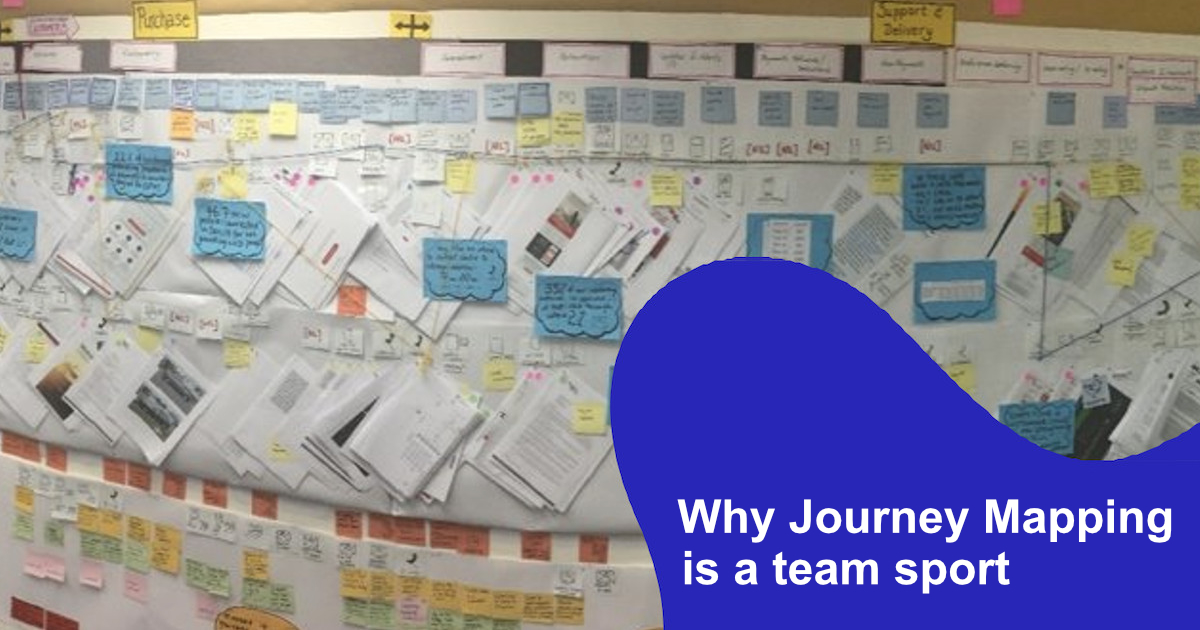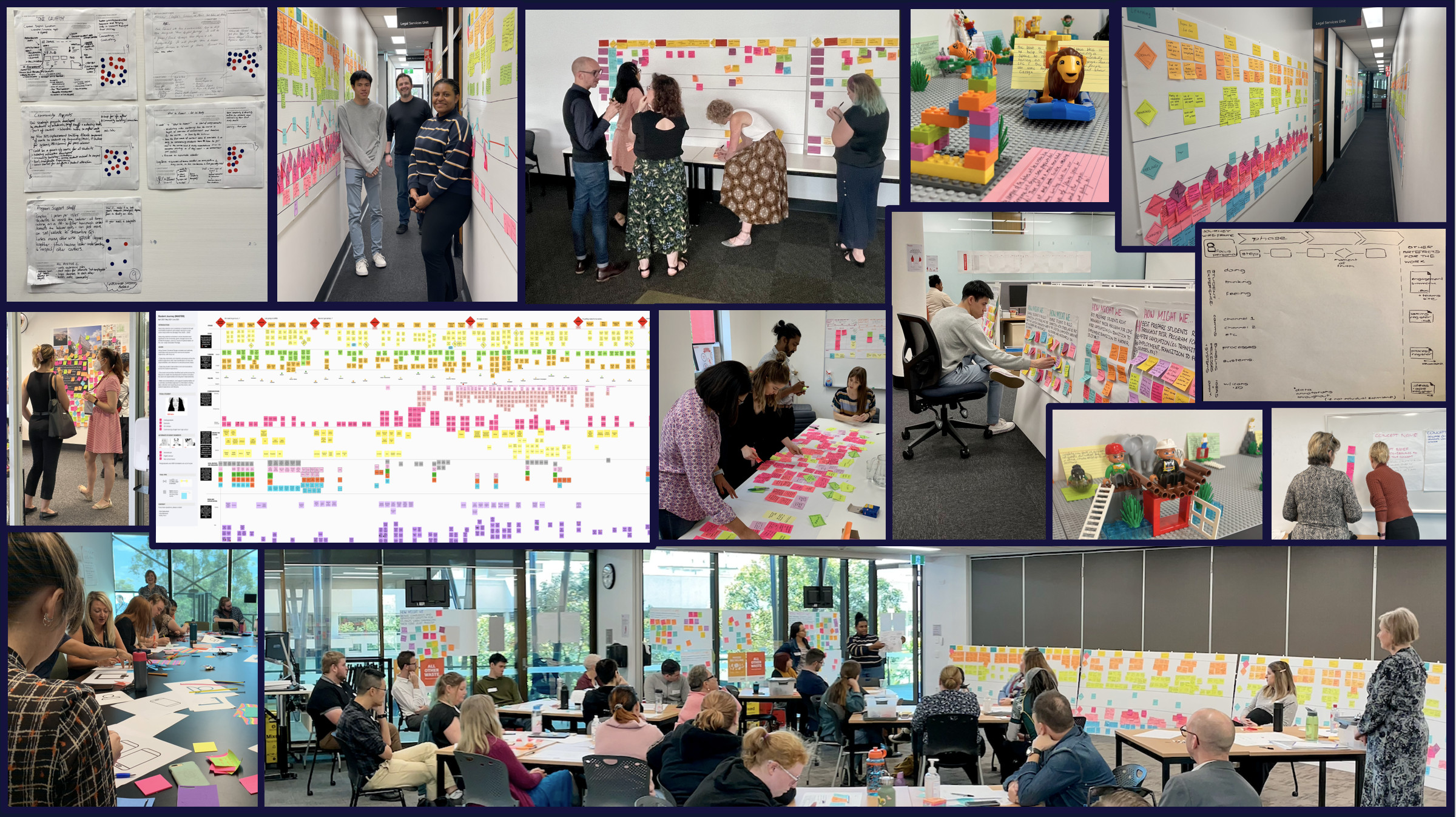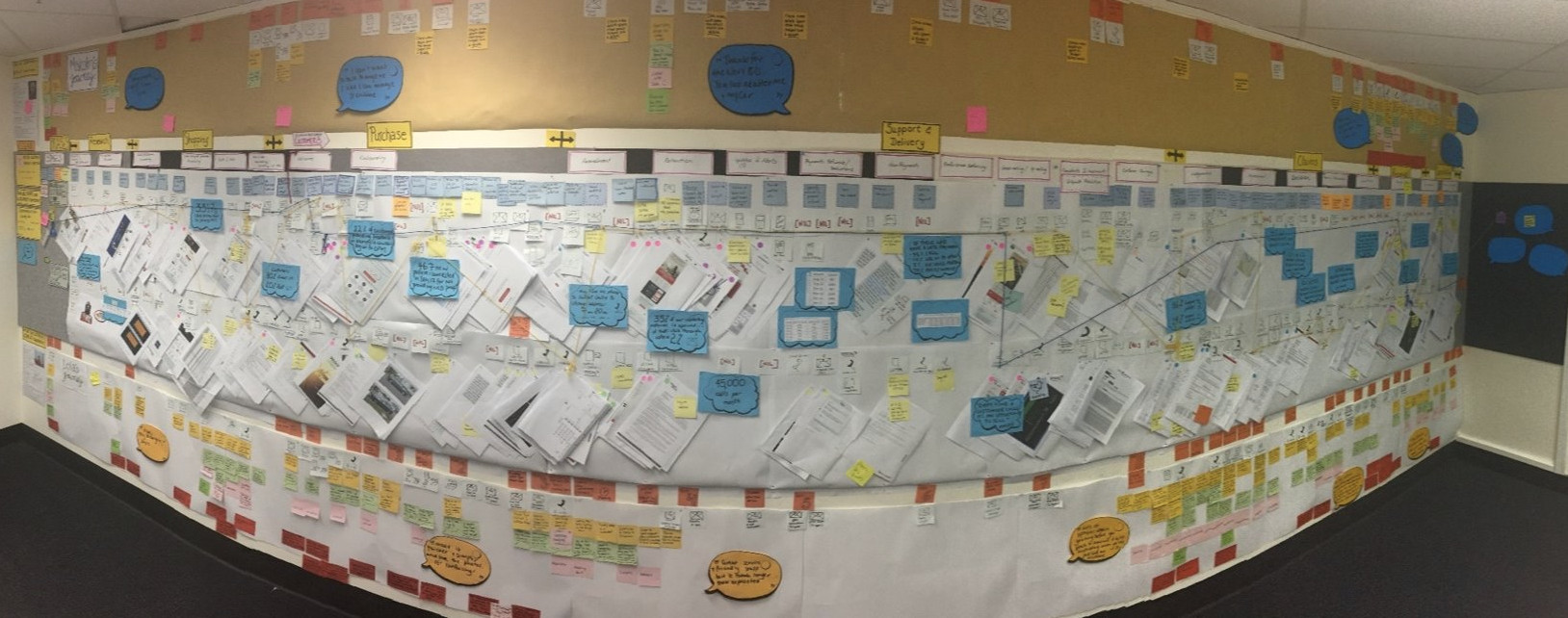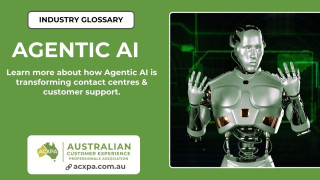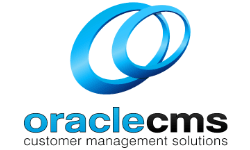Why Journey Mapping is a team sport
Exploring the business success island from the customer experience angle is getting popular across industries.
But if you’re not Robinson Crusoe, it’s better to gather a team and visualise everything your customers go through together.
Jodie Fielding and I did just that, improving student and financial services customer experiences by uniting our efforts with other people.
The cases I’m going to tell will also prove that customer journey mapping is a joint effort that can help organisations achieve their goals, gain greater insight into customer experience, and take it to the next level.
Journey Mapping in Education
Welcome to the world of higher education, where traditions and foundations co-exist with the need to breathe the spirit of the times and consider external factors.
In Australia, the higher education system has undergone some changes in recent years: legislative changes happened and national and international trends interfered, significantly influencing the industry.
Then COVID-19 spun the wheel of change with renewed vigour.
And it was important to understand these changes and how those impacted students’ lives.
In my opinion, a university is not just a lone building but an intricate network of campuses, faculties, and other facilities.
Higher education shapes future professionals, so it is essential to give them a fitting experience along the entire student journey, which starts long before arriving at the campus and doesn’t end with graduation.
I was a part of a small core group of like-minded people and there was a sponsor that gave us clear guidance about the scope, set the mapping goal, identify the stages and other things that matter at the start of a journey mapping initiative.
However, my group worked closely with a much larger team woven around the university community, students, and organisation partners.
We were going to capture an end-to-end student journey and come up with strategic recommendations and tactical opportunities.
Thus began 12 weeks, during which my team accomplished a real customer experience masterpiece.
For starters, we armed ourselves with the human-centred design framework.

We mind-mapped all the stakeholders involved in the end-to-end student journey they were going to visualise.
Among the stakeholders were people outside the organization, such as agents or suppliers, who also influenced the student experience.
As a result, my team had about 45 colleagues and partners to invite to the kick-off workshop series since one meeting wouldn’t be enough with so many participants involved.
There were three fundamental goals on the agenda for the kick-off:
- Building an end-to-end journey the way our core team saw it. Starting from the moment a person thinks about continuing education, not necessarily at the university. And ending with professional development after graduation, when a former student goes for another education or becomes part of an alumni community.
- Validation of the journey. At this stage, we asked all participants to bring any data related to the end-to-end student journey that was gathering dust in their physical and digital desk drawers: reports, surveys, research, statistics, niche journey maps, etc. This data supported or refuted the earlier assumptions.
- Filling in the gaps in the journey during the emphasising phase. My team collected feedback from over 325 students who represented different personas, depending on their education areas, campuses, social groups, and other criteria.
There were many online and offline interviews, as well as observational research sessions. We wanted to get enough answers from the representatives of each student persona.
To aggregate the data received, the team turned to colleagues and students for help.
And this was a huge win.
The journey designed at the first stage reflected the staff vision, while the final deliverable, developed with the students, was based on actual real-life experience and filled with students’ words, thoughts, and stories.
That journey map felt real and provided lots of insights.
After determining the most critical priority pain points to fix, challenges to overcome, and opportunities to seize, came the turn for ideation and prototype testing type work.
As my team digitised our project; no COVID lockdowns could prevent us from effective cooperation.
The joint efforts resulted in a detailed journey map.
Based on the finished journey, we outlined several strategic improvements and identified hundreds of tactical opportunities.
We also made the map available across the institution, both digitally and as a hard copy.
Another teamwork fruit was a blueprint full of extra data that could help optimise internal processes and be useful for future initiatives.
As a result, journey mapping enabled students to voice their experience, which my team made louder and clearer to everyone involved in its delivery.
And it inspired others to seek our help with studying and improving the journey of personas from specific campuses or social groups.
Thus, the student experience began to change for the better.
At all levels.
Journey Mapping in finance
Now let’s move to the financial world, where a company has been rapidly growing for 10 years.
They were customer-centric and valued real data. Happy end.
Jokes aside, rapid growth can be tricky.
This company was introducing new services and products along the way, making decisions on the fly and acting quickly, but not having time to look back at the collective customer experience they’d delivered over the years of trying to meet the increasing demand.
Meanwhile, this experience became partly troubled.
This is where Jodie Fielding’s team came into play, willing to identify weak spots even when they were hidden like a needle in the high customer retention stack that has been a hallmark of this company.
The company had a superb market proposition.
Yet it turned out that was mostly the merit of the frontline teams – superheroes, patching over sometimes weird rules, troubled communication, or poor internal processes.
The company received positive feedback from its customers, while there were gaps in the experience that had been growing. It was the very time to fix those.
The team saw inconsistencies between divisions in the organization but didn’t know how to deal with them.
In addition, employees from different departments sincerely wanted to improve the customer experience, but there were silos that needed to be overcome.
Jodie wanted to give them common ground and enough momentum not to be stuck at the very beginning.
Finally, the stars were aligned when the CEO came across a communication complaint from a client.
This complaint made the entire executive board want to better understand how the company interacts with customers.
And they requested a list of all interactions and communication channels, realising there was a problem with customer experience.
What was it if not an executive buy-in?
So Jodie’s team thought and decided to act.
They focused on the entire product life cycle to cover all possible interactions within the channels provided.
This could help to see the bigger picture and identify areas of customer experience improvement.
They went the old-fashioned way and started creating a hard copy.
From the very beginning, it wasn’t a pure journey map – rather an interaction journey with the key stages of the product life cycle, filled with data from voice or physical emails, marketing materials, and other sources, printed and laid out against the stages and spiced up with statistics.
The team didn’t have to swim across the ocean because the company had always valued, collected, and stored data about its customers.
There was plenty of relevant and accurate information to use.
But wait, why not a journey map?
The main reason was the maturity of the organization.
The executive team was new to the customer journey mapping concept, so the team started with something familiar and tangible to the management.
Something that could become a bridge toward the journey mapping shore.
While working on the map, Jodie’s group found issues in customer interactions, such as the sheer volume.
Another issue, the inconsistency in the channels, was discovered later at the customer journey mapping stage.
The journey mapping process happened the following way: the group took two largest personas from the company’s customer base to connect those with interactions, and added more data from the CX team.
Using their product themselves, they had some understanding of personas’ experience, which helped the team decide on a shell of the journey map.
The next step was to invite the executive team and tour them through the map.
And this not only brought validation of the current work and encouragement to continue it but also competition among executive managers who shared information previously unknown yet useful to fill the gaps.
That’s how they were inspired by the visualisation of interactions.
After this success, the map became available to everyone across the company to check how the story changes and contribute to the map.
When bringing new data, they could also quickly implement the ideas listed on the map and fix some issues.
The map was not yet finished, but the customer experience was already changing.
As a consequence, Jodie’s team realised they would move in two directions: one with quick wins and the second with long-term initiatives, which meant bigger changes.
Thus, the company began to consciously approach the customer experience, encouraging employees to share their vision of a perfect customer journey in order to reach a compromise and unified strategy to go on – a truly long-term investment.
General challenges along the way
Journey mapping initiatives come with many hurdles that can be ironed out or avoided if you know what to expect.
Here are some straws for you to soften the possible blow.
- To get a journey mapping buy-in from the executives, show them the value of what you’re about to do, using the concepts they are well familiar with.
- A physical journey map has many benefits, but you would eventually have to create its digital copy. The advice here is to start backing up your offline project with online tools as soon as possible so as not to lose essential data and have a chance to engage remote teams and stakeholders.
- Engagement, though, is not a simple thing. Be flexible with your team: run workshops with small groups, talk in person if needed, give time to those who are busy at the moment, and let people come back to the map until it strikes them. Feeling comfortable, people will contribute more.
- To highlight and prove an issue, leverage storytelling. Having a few stories told by real customers, with quotes and empathy-provoking details, you’ll be able to attract more attention to a problematic stage or touchpoint. Especially from the executives who rarely interact with customers themselves.
And remember about the post-momentum.
Once the map is done, ensure everyone involved is ready to act on the developed strategy.
Otherwise, the expected changes won’t come.
Wrapping up
We dived into two different CX case studies, following the mapping path with the teams that tried to improve their customer experience.
We also learned what challenges might lie underway towards a journey mapping project to begin with and the desired customer experience.
But above all, our realisation is that without a team and executive support, a journey mapping initiative is like an endless sea – you don’t know where to go, your strength is running out, while the shore is not visible.
Helpful Resources:

